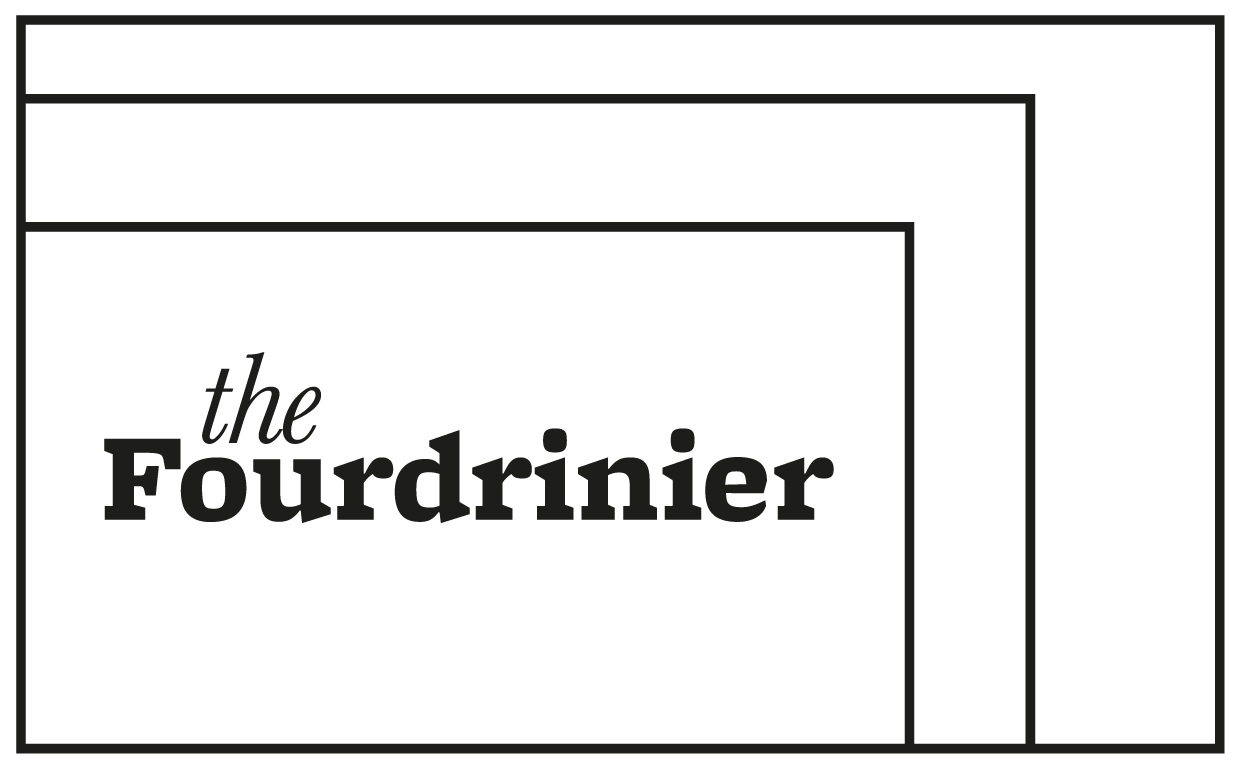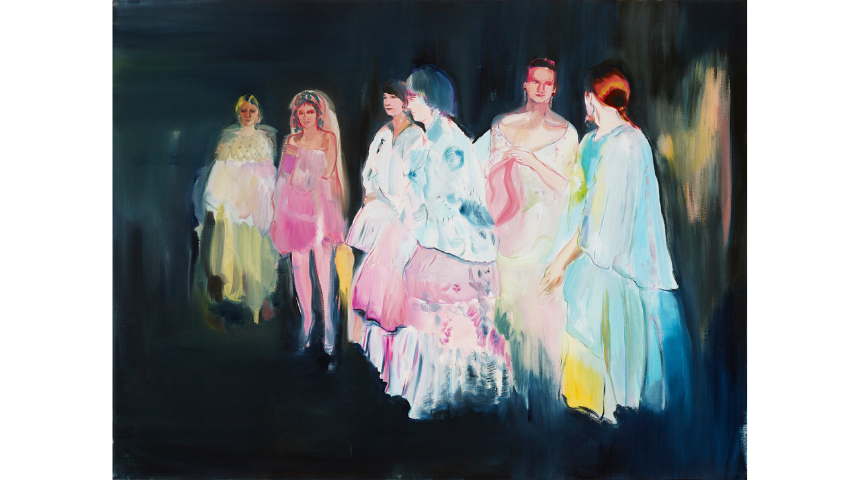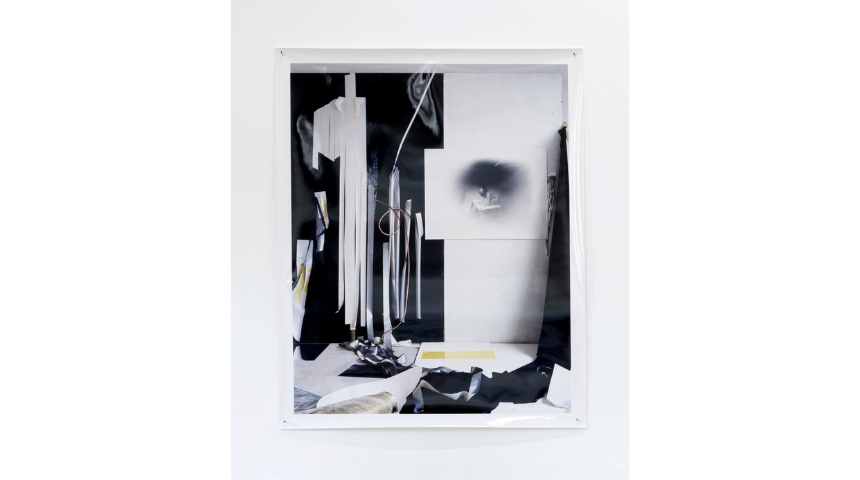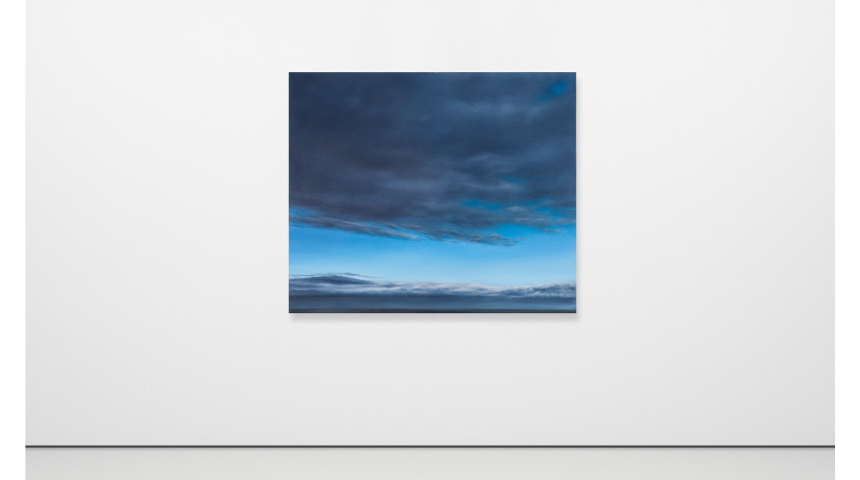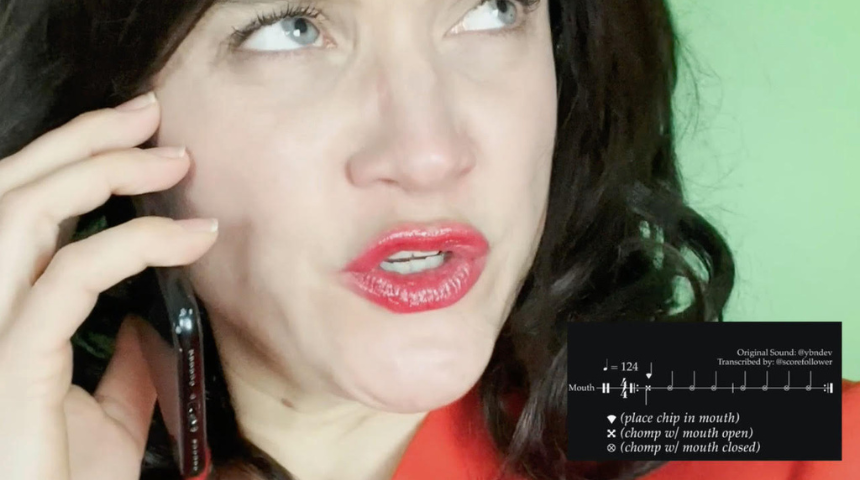REVIEW Nov 2025 London showing at The Manchester Contemporary
Jo Manby
Lindsey Bull The Procession (2023) oil on linen 150 x 200 cm, courtesy William Hine
In the following preview of The Manchester Contemporary, the Fourdrinier editor Jo Manby gives a flavour of the type of works on offer from some of the London-based galleries exhibiting, followed by an impression of what their motivations and interests in showing at a northern art fair might be and thoughts on Manchester as an art destination now as compared with the recent past from William Hine, Director of William Hine Gallery and Christian Mooney, Director of Arcade, London.
The Manchester Contemporary (TMC), situated within Manchester Art Fair, is a collegiate style critical platform for emerging galleries, independent and artist led spaces that champions risk taking and innovation. The Manchester Contemporary Art Fund was founded by consultant, writer and speaker Thom Hetherington in 2017 comprising local businesspeople and entrepreneurs who seek to promote Manchester and its cultural offer, supporting artists and often being instrumental in raising them to critical acclaim through their purchasing policies. The fund has so far gifted nearly forty artworks for Manchester Art Gallery’s permanent collection for the enjoyment of the Manchester public, bought from artists exhibiting at TMC.
Among the London-based galleries showing at TMC this year, William Hine Gallery at Stand 215 was founded in October 2024 and has recently exhibited Alexis Soul-Gray, Rae-Yen Song, Tadashi Toyama, Nahem Shoa, Amelia Barratt and Gwen Evans. Song, Shoa, Evans and Barratt have work at TMC, alongside Xander Hoffman and Manchester-based Lindsey Bull.
On the lawn of a stately home after a debutante ball; a meet up on a film set; backstage at a catwalk: the inky black backdrop of artist Lindsey Bull’s The Procession (2023), on show at William Hine is giving nothing away. It is, however, the perfect foil for the mirage of pastel silks that parade across it, merging and emerging like figures seen out of a sleet-dashed windscreen and illuminated by headlights. In solitude within the crowd or engaged in unknown dialogue, these unassigned characters exist only in the medium in which they are depicted.
Like figures in fashion plates, they live in two dimensions, pink stockinged legs that end in a flicked point too narrow for real feet; sleek auburn hair delineated by an Alice band of burnt orange paint; the brushwork that defines their legs and the hems of their dresses is tangibly, brazenly, paint only. It is dissolving as we witness it, part absorbed by the indigo depths of the black ground. This is indicative of an artist who has a complete understanding of the qualities, potentials and properties of the picture plane and is comfortable working with it, at the same time as constantly challenging its capacity.
Peggy Franck Preaching Nicknames (2007) C-print photograph 124 x 100 cm, courtesy Arcade
Arcade, at Stand 207, was established by Christian Mooney in 2007. With a new space on the edge of Southwark and Lewisham, the gallery has been reimagined and relaunched with an accompanying kitchen after becoming a CIC in 2021, in order to better support artists to innovate, and to better address the impact of art on society. Arcade explores new methods of presenting a range of formats with a changing offer of performances, live events, talks and publications alongside their exhibition programme. At their stand you can see works by Chiara Camoni, Marijke De Roover, Anna Barham, Peggy Franck, Manchester-based Clare Dorsett, and Clive Hodgson, a selection which approaches ‘self-reflection as a layered, unstable, and often performative act’.
Among these is a video piece by Dutch artist Marijke De Roover Do you believe in life after love? (2022), where identity emerges satirically from a flow of public-facing cultural ambiguity. De Roover is a part-time professional karaoke singer and meme connoisseur known for her queer/feminist performance work.
Also presented at Arcade, Peggy Franck exhibits Preaching Nicknames (2007), where slippery collaged strips of monochrome imagery, pendant ribbons of paper, the satin sheen of black and white backdrops and crumpled materials foreground a cerebral realm of shifting layers and elusive meanings. Franck lives and works in Amsterdam and is known for her ‘spatial investigations that combine photography, painting and site-specific installations.’
Emma Hart Oi Oi! (2022) Ceramic 50 x 50 x 28 cm Courtesy of the artist and The Sunday Painter. Photo: Ollie Hammick
The Sunday Painter, at Stand 211, was set up in 2009 as an artist led project space by Harry Beer and Will Jarvis; in 2017 it moved to its current venue in Vauxhall. For TMC, The Sunday Painter is showing work by Leo Fitzmaurice, Emma Hart and Harminder Judge. Emma Hart’s work is confrontational and funny – jutting out of the wall, almost audibly shouting at passers-by, playing on the potential violence of language and the inherent powerplay of sculpture, at once providing us with art to contemplate, and yet encroaching on our space, pulling us in or pushing us away.
Kate MacGarry, at Stand 112, was founded in 2002 in East London and now represents 25 emerging and established artists, including two estates. Kate MacGarry exhibits Lisa Milroy’s Sky No. 3 (2024), one of a recent series by the artist characterised by the colour blue. The lowest of horizons is smothered in a blanket of deep mist which then lifts to reveal a pre-dawn or post-sunset sky, dip-dyed from the faintest haze into azure before becoming hidden again by a bank of charcoal grey clouds which occupy the upper two thirds of the painting. Milroy has used the colour ultramarine in every single painting she has made since the 1980s. The image is restful and invites contemplation – an oasis of calm within the bustle of the fair.
Lisa Milroy Sky No. 3 (2024) oil on canvas 126 x 149.5 cm. Courtesy of the artist and Kate MacGarry, London. Photo: Angus Mill.
The past few weeks have been busy times but I had the opportunity to ask William Hine and Christian Mooney a few questions about the kind of dialogue and exchange going on between London galleries and the London artworld and its northern equivalent, particularly here in Manchester. What’s happening, what’s changing?
William Hine, Stand: 215
Jo Manby: I wondered about your thoughts on London galleries showing at a northern art fair.
William Hine: It’s encouraging to see the participation of some stalwart London galleries at The Manchester Contemporary this year; galleries whose programmes I really admire. In other countries art fairs in multiple cities co-exist and successfully serve different purposes. In France you might see a fair in Paris and also Marseille; in Italy you could go to Milan or Turin; in Belgium it could be Brussels or Antwerp, and so on. The conventional wisdom seemed to dictate that the only option in the UK has been London but maybe that’s not the case. It takes time to work out what both the audience and exhibitors expect from an art fair but I think the calibre of galleries this year hopefully reflects a genuine interest in the city and its growth as a serious destination for contemporary art.
JM: What’s the attraction? Is it financial, or is it cool? Or other reasons?
WH: I’m a very new gallery that’s been open little over a year, so I’m at a stage where I’m open to coming to a fair like this with the hopes of meeting a new audience and creating connections for the artists I show and for the gallery. Although my professional career has admittedly been London-centric, I grew up in Manchester and a number of the artists I’m showing are based in or have connections with the city, so it felt like a good fit.
JM: Have you noticed a recent shift in attitudes to northern artists, or to the north generally as an art destination?
WH: On the one hand, yes but on another maybe there is still a way to go. It’s difficult for me to say as, although I try to be quite connected to the North, I’m not on the ground. I think the North is probably more of an art destination now than it has been for a long time, or ever. It having high calibre public institutions across Manchester, Liverpool or Yorkshire is one aspect of that, an art fair is another but what is also hugely important is the artist and curator-run spaces. On my last few visits here I saw exhibitions at Texture, Heaven11 and Oceans Apart. I also had a chance to visit some of the graduates of the Apollo Painting School. The artists on the ground are making things happen and good things come of that.
JM: Are you tempted to move your gallery northwards too?
WH: Never say never…
Arcade, Stand: 207
JM: What are your thoughts on London galleries showing at a northern art fair?
Christian Mooney: The fair’s real strength, for me, is in how it mixes artist-run and non-profit initiatives with commercial galleries, helping to rebalance that dynamic. That hybrid spirit really resonates with our new model for Arcade, which now operates as a Community Interest Company (since 2021), a structure that bridges the commercial and the community, supporting both artistic ambition and social impact. Of course, the Manchester City Art Gallery’s acquisition fund is also a big draw, that’s the pragmatic side of it, but my interest in The Manchester Contemporary runs deeper.
I’m drawn to the fair’s scale and its format: how it brings together non-profit and artist-run spaces alongside solo artist presentations. That mix matters. It’s how we start to build a healthier ecology and economy for art in the UK, one that isn’t entirely London-centric. I believe we can do better as a country if we start looking both north and outward, instead of always defaulting to London or looking to Paris, New York, or Madrid. Not to mention the ecological sanity of not flying, shipping, and freighting work around the bloody world every few months, there’s something to be said for staying closer to home and investing in what’s already here.
Marijke De Roover Do you believe in life after love? (2022) HD Video (still) 00:23:44, courtesy Arcade
Manchester is a great city. It doesn’t have London’s neurosis or paranoia. It feels like you can try something experimental there, even fail, and someone will still pat you on the back and say, “Nice one, mate, good effort.” In London, people are often waiting for you to fall. The North, Manchester, Liverpool, Gateshead + + + has character and generosity. There’s genuine support there.
JM: Are you tempted to move your gallery northwards too?
CM: I have been, yes. I like smaller cities. (London’s scale is dysfunctional). When we had our space in Brussels for a few years (2019-2023), I enjoyed that scale, you could walk almost everywhere, and in no time you were out in the countryside. Smaller cities also come with a stronger sense of accountability. Like in a village, you can’t get away with much, people hold each other to account. I find that refreshing. That said, I have deep roots in South London, and my work there has evolved to include strong community partnerships. So, while I probably wouldn’t relocate entirely, I’d love to do more public projects in Manchester or elsewhere in the North.
JM: What’s the attraction; is it financial, is it cool, or other reasons?
CM: Is it cool? You’re asking the wrong person. It’s always financial on some level, art fairs are strategic investments. But it’s not just that. For me, it’s about balance. This year we’ll go from Artissima in Turin to Manchester and then Art Antwerp. I like that rhythm, international yet grounded. I want to invest in the UK because the UK is in trouble. It feels important to actually put my money where my mouth is and support the local scene. We’ve been coming to The Manchester Contemporary for over a decade now, too many years to count, and it’s become part of our rhythm. I value that continuity.
JM: Have you noticed a shift in attitudes toward northern artists or the north as an art destination?
CM: Last time I was in Manchester, I went to see Laurie Anderson at the Aviva Studios… though the name itself already hints at the problem: corporate ownership and the creeping privatisation of our cultural spaces. Those pressures are everywhere, not just in London.
When I first did The Manchester Contemporary years ago, what struck me was how local it felt. At international fairs like Frieze or Artissima, you see the same global crowd circulating from city to city. In Manchester, it was different, you met people you’d only see there, once a year. There was a real sense of place and community. About ten years ago, I started a project called Art in the Home for exactly that reason, to create continuity between fairs, nurture relationships and trust with collectors, artists, and professionals in the North. The goal wasn’t to meet people just once a year, but to build ongoing dialogue. So, would I move the gallery north? Probably not. But would I like to do more projects in Manchester’s public sphere? Absolutely.
the Fourdrinier is exhibiting Passing Cloud at The Manchester Contemporary – come see us at Stand 221!
The Manchester Contemporary is the place to discover and collect critically engaged contemporary artists.
Over a single weekend, The Manchester Contemporary art fair presents a carefully curated selection of independent galleries and artist-led spaces from across the UK and internationally. We platform new work by emerging artists, provide inroads into public collections and welcome over 11,000 collectors, curators and art-lovers from across the North and beyond.
The 16th edition of The Manchester Contemporary takes place at Manchester Central on 21-23 November 2025.
OPENING TIMES
Friday 21 November 17:00 - 21:00 (Preview)
Saturday 22 November 10:00 - 18:00
Sunday 23 November 10:00 - 16:00
